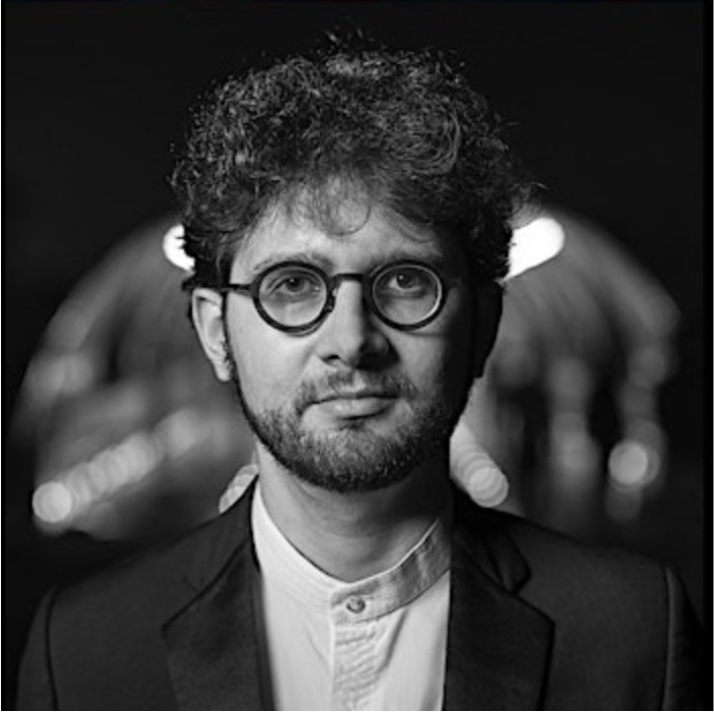by Peter Feher

Listening to Modest Mussorgsky’s Pictures at an Exhibition in its original solo piano version from 1874, you can’t help but hear the orchestration that Maurice Ravel would supply for the work some 50 years later. Ravel wasn’t the first musician to arrange the suite, but the way he approached the various movements — from the stately opening Promenade to the crashing finale of “The Great Gate of Kiev” — has forever reshaped the piece.
It was fitting, then, that pianist Roman Rabinovich devoted some time to the French composer before performing Mussorgsky’s score on Sunday. On the first half of his recital for the Tri-C Classical Piano Series, Rabinovich played Ravel’s Sonatine, along with three other works that creatively connected with Pictures at an Exhibition. The result was a deeper artistic experience of Mussorgsky on the second half.
Rabinovich, who’s perhaps best known to Northeast Ohio audiences as co-director of ChamberFest Cleveland, was certainly at home in the role of curator. He introduced the program’s overarching idea of musical portraits with his first selection, five movements from Jean-Philippe Rameau’s Suite in G Minor. These French Baroque miniatures, tastefully ornamented and with titles like “The Savages” and “The Egyptian,” conjure up fanciful images of centuries ago.
Curiously, there’s also a movement called “The Chicken,” and Rabinovich’s furious pecking at the keyboard here teased Mussorgsky’s “Ballet of the Unhatched Chicks” to come.
But first, in a pair of contrasting compositions, Rabinovich would explore the Russian character that’s so essential to Pictures at an Exhibition. Sonata Reminiscenza by Nikolai Medtner, a 20th-century composer who was decidedly 19th century in spirit, has all the sensitivity and nostalgia of a short story by Ivan Turgenev, as Rabinovich suggested. And in a similar vein to the works of that Russian writer, there’s a good deal of dissonance just under the surface of Medtner’s music, enrichingly so.
The demons of the Russian soul are completely unleashed in Alexander Scriabin’s Sonata No. 5, which followed. Drawing on what seemed to be unlimited reserves of energy, Rabinovich inhabited the extremes of this difficult, almost deranged piece from 1907 — its clashing chords, frenetic rhythms, and altogether violent interruptions. He would excel in the same mode after intermission, in the movements by Mussorgsky that grow comparably wild, such as “Gnomus” and “The Hut on Fowl’s Legs.”
Ravel’s Sonatine, the final piece of the picture, was hazy to emerge at first. Rabinovich’s bold, unabashed style sometimes overwhelmed the subtleties of the composer’s writing, with its fine shading of dynamics from piano to pianissimo to pianississimo. But later in the program, where Ravel would have called for a full orchestra, Rabinovich was more than happy to oblige, bringing down “The Great Gate of Kiev” with a barrage of thunderous chords.
Published on ClevelandClassical.com February 6, 2025.
Click here for a printable copy of this article



